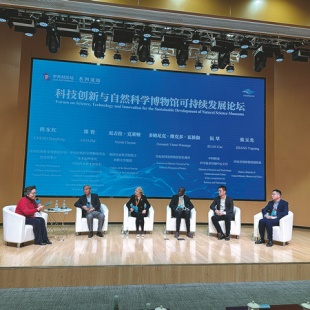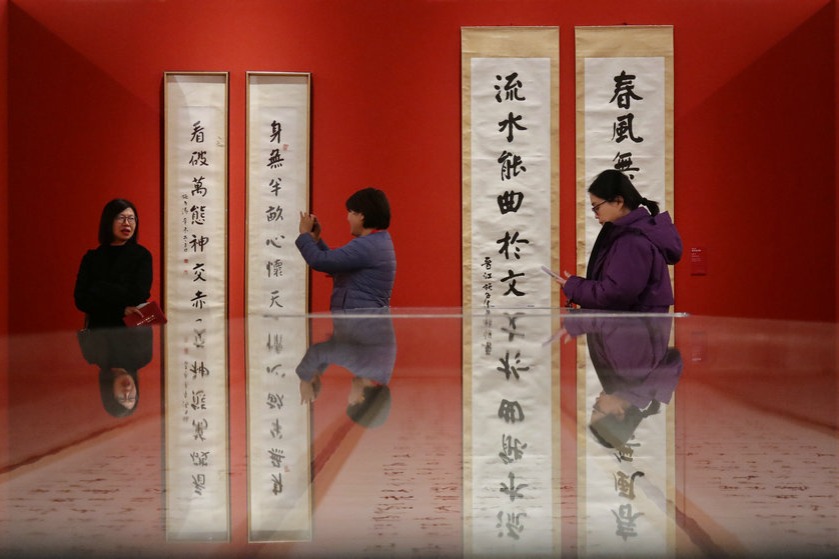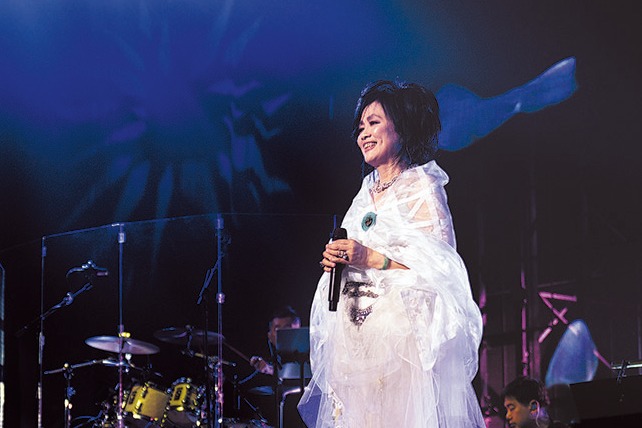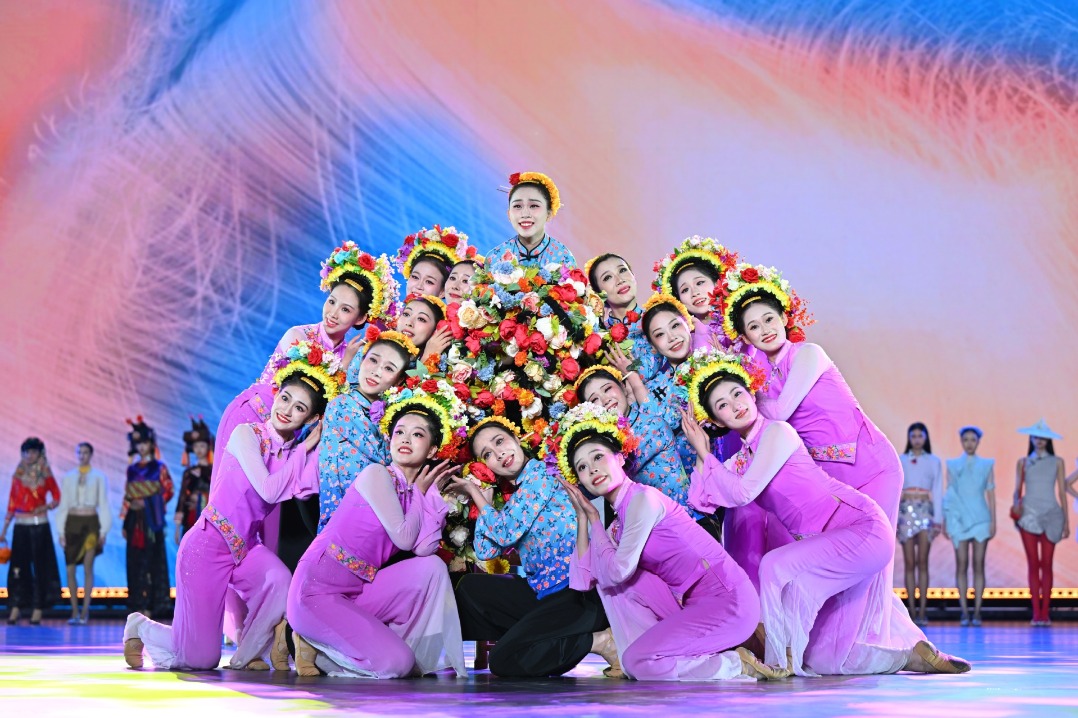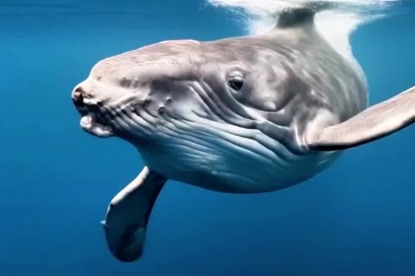Museum experts brainstorm on the future of the past


The Natural History Museum of China has put out an appeal for private donations to expand its collection for a new pavilion which has been under construction since late September and is due to open in 2029. The museum authorities made the announcement at a forum on the sustainable development of natural science museums recently.
The notice to accession for large, rare, unique and valuable exhibits over the coming five years from collectors — individuals or institutions — was released with the goal of expanding the collection and meeting the needs of the new exhibition halls.
"With a floor area of 193,800 square meters, the pavilion is expected to become a world-class museum," Liu Linde, deputy director of the museum, said at the Forum on Science, Technology and Innovation for the Sustainable Development of Natural Science Museums in Beijing on Nov 26.
As a regular part of the annual Zhongguancun Forum, the event brought experts from China and abroad to discuss how museums, museum theory, function and management evolve with time.
Liu says that through insightful lectures and discussions, experts were able to contribute their experience and perspective on the shaping of the new pavilion.
With a collection of 400,000 historical and contemporary specimens, and a history of more than 70 years, the new facility will play an essential role in scientific research, developing learning programs, and deepening international communication.

Covering an area of 68,000 sq m, the new venue along the southern end of the Beijing Central Axis, is expected to receive 5 to 7 million visitors a year, while the current venue, with a floor area of 23,000 sq m, receives some 1.8 million visits a year and is unable to meet surging demand resulting from the ongoing museum craze.
"In the process of preparation for the new facility, we have collaborated with major research institutes and natural history museum professionals across the country on extensive preliminary discussions and evaluations. Currently, the planning for educational courses has been completed, and we are now focusing on refining the exhibition aspects. Next, we will concentrate on museology and talent nurturing," Liu says.
He adds that talent is one of the major challenges, and is a strong foundation in enhancing a museum's ability to innovate and develop sustainably.
Talking about future trends for natural science museums at the forum, Meng Qingjin, vice-president of Chinese Association of Natural Science Museums, and chief scientist of the Natural History Museum of China, called for innovation and improvement of in-depth interpretation of the research results, and a range of science popularization products, in addition to modern designs and an array of exhibits, which requires a change in management by museum operators.
"With education as one important function, museums should be a place for people of all ages, where nature, culture, art, technology and history meet," Meng says, adding that museums should also consider breaking barriers, including walls, to allow the public a glimpse behind the scenes, which would help change the way visitors see museums.
Sharing her experience at the forum via video, Brigitte Franzen, president of Germany's Offenbach University of Art and Design, and former director of the Senckenberg Natural History Museum in Frankfurt, says the expression of natural sciences should be presented in a way that can be understood through contemporary visual and cultural systems.
For Xu Xing, director of the Institute of Vertebrate Paleontology and Paleoanthropology, Chinese Academy of Sciences, digital technology, including the metaverse and artificial intelligence, will bring new immersive experiences to museumgoers.
"The museums of the future should adopt the digital approaches, going beyond traditional ways, and encourage full contact, allowing knowledge to reach more people."
wangqian@chinadaily.com.cn


